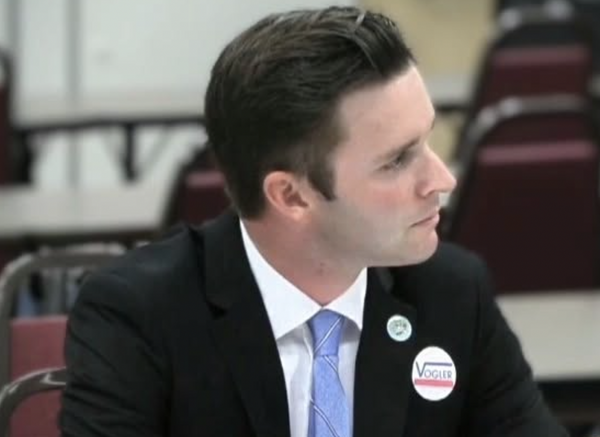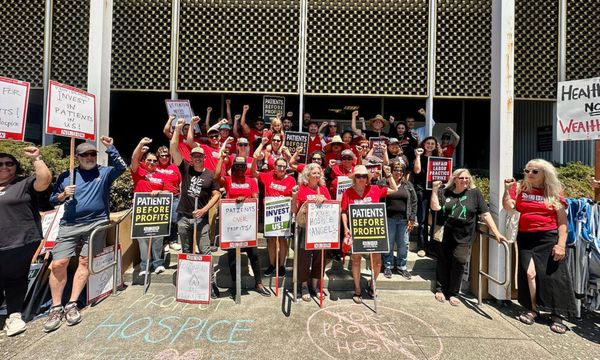
Biodiversity offsets are arguably one of the most damaging environmental policies in a smorgasbord of bad policies, according to the environmental community.
The theory goes that biodiversity impacted at an offset site will be compensated for by investment in biodiversity development at another location. For example, if an urban development involved disturbing and diminishing a recognised koala habitat, this damage could be offset in dollars by contributing to a complex government biodiversity scheme of funds and credits.
According to the NSW government blurb, the primary purpose of offsets is to facilitate growth in an environmentally sustainable manner. In the state, a new offset system known as the biodiversity conservation fund charge scheme has been put in place to determine the cost of meeting biodiversity offset obligations for proponents paying into the fund, which is administered by a biodiversity conservation trust. It aims to accurately predict the cost incurred in purchasing biodiversity credits from landholders.
A broken system
Offsetting has become a trading market with no real transparency or demonstrative environmental benefits. Proponents self-refer projects, both at the NSW government and federal levels.
Koalas provide a good example of the problems inherent in the scheme. An aboreal fauna species, koalas have home ranges, within which they eat a specific diet of different eucalypts. Under the “like for like” credits, the same threatened ecological community in the same subregion can be used as the offset based on credits bought or sold.
Moving species from a compromised habitat to another area puts them in competition with resident animals. Offsets ignore connectivity, genetic diversity, adaptation, increased potential threats including climate change impacts, bushfires and predation.
A scathing report on offsets by the NSW Audit Office demonstrated a scheme in crisis, and a shortage of areas to compensate for the loss of endangered species. Long-term funding is not addressed, nor is ecological monitoring.
Professor Andrew Macintosh, environment law and policy professor at the ANU College of Law, says that the system, which gives credits for projects such as regrowing native forests after clearing, is “a fraud” on the environment, taxpayers and consumers.
“People are getting credits for not clearing forests that were never going to be cleared, or growing trees that are already there, or growing forests in places that will never sustain permanent forests,” he said.
In spite of his criticism, MacIntosh says he’s a “deep believer” in environmental markets driving improved environmental outcomes in a cost-effective manner.
Rethinking environmental value
The logic of biodiversity offsets to facilitate developments is a political oxymoron. A biodiversity trading market was born out of ensuring growth, creating a market from the destruction of the environment under the guise of “sustainable development”.
But if a functioning ecosystem that contributes to the health of human and non-human life is treated solely as its economic value through a trading scheme, nature becomes nothing more than a marketable item.
The NSW Department of Planning and Environment has a website with the latest prices for species credits, including $600 per koala. But nature has infinite values. Valuing a koala at $600 ignores the fact koalas are an umbrella species for coastal forest ecosystems. The loss of habitat impacts significant biodiversity.
Currently, a biodiversity offset trading scheme does not measure the cumulative impacts of these offsets nor the legal requirements under state and federal legislation.
Minister for the Environment Tanya Plibersek continues operating the previous government’s offsets policy. However, in August, the Albanese government proposed a new “nature repair market”, which would put a price on biodiversity — one that would not automatically be tied to an offset scheme.
But the basic issue is ignored. Plibersek, speaking on the environment at the September G20 summit in Bali, said, “We’ve been very slow to attach economic values to protecting and restoring it.”
Meanwhile, the Black Summer bushfires of 2019–20 killed or displaced 3 billion animals in Australia, with the recovery of many species predicted to take up to 50-100 years.







